Last updated on August 27, 2025 · In-depth guide, 5–7 min read
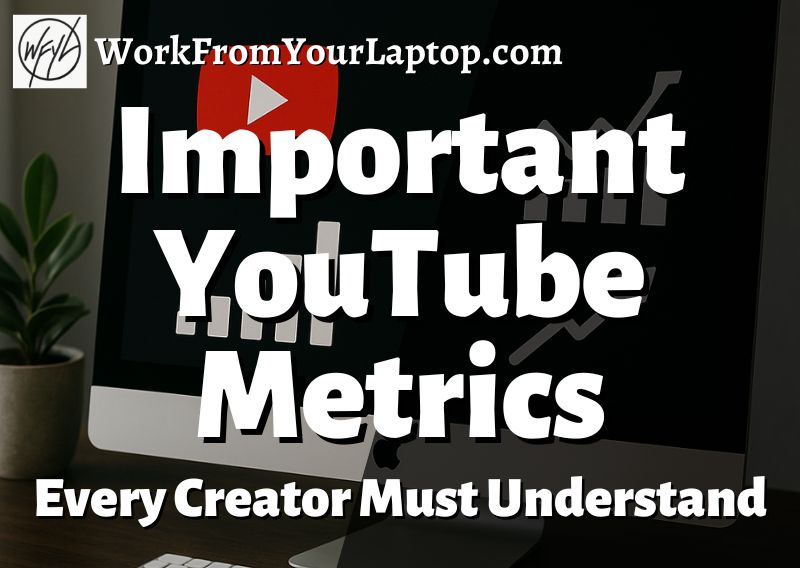
Ever wondered what makes some videos viral while others get lost in the sea of content on YouTube? Well, understanding YouTube’s key metrics is the secret sauce. While I can’t guarantee your next video will go viral, this guide will set you up for success!
TL;DR Why Are YouTube Metrics so Important?
Understanding YouTube metrics helps you create better content by showing what your audience is actually connecting with, when to post, and how to grow. They’re your best tool for turning views into loyal subscribers.
- Views are your surface-level indicator—how many people clicked. But don’t stop there.
- Watch time and audience retention tell you if you’re actually holding attention.
- Click-through rate (CTR) reveals how well your thumbnails and titles attract clicks.
- Engagement metrics (likes, comments, shares) show community strength and video impact.
- Subscriber growth and audience demographics guide your content direction and brand identity.
- Traffic sources highlight where your viewers come from, which informs promotion strategies.
- Use patterns and comparisons in the data to improve video structure, release timing, and content themes.
Why Understanding YouTube Metrics is Crucial for Success
YouTube analytics aren’t just numbers; they’re the story behind how your audience interacts with your content. Views, watch time, and subscriber counts are just the beginning. Dive deeper, and you’ll discover the secrets of audience retention, click-through rates, and engagement metrics that reveal what your viewers truly crave.
Consider metrics as your viewers’ way of whispering what they love and what they skip. Knowing the average watch duration tells you exactly where viewers are dropping off, while audience retention metrics can show you which parts of your videos are the most engaging.
By paying attention to these insights, you can refine your content strategy. Maybe the intro needs tweaking or the theme needs a fresh twist. Every metric provides a clue to crafting videos that captivate.
And don’t forget about engagement metrics! In my opinion, these are the most important. Likes, comments, and shares show the strength of your connection with the audience. Engaging content leads to loyalty, and loyal viewers love nothing more than to hit subscribe and become a part of your YouTube journey.
Key YouTube Metrics Every Creator Should Know
If you were starting your YouTube channel from scratch today, these would be the metrics you need to understand like the back of your hand.
- Views
The total number of times your video has been watched—an essential starting point, but not the full story. - Watch Time
Measures how long viewers stay engaged. The higher it is, the more your content is truly connecting. - Click-Through Rate (CTR)
Shows the percentage of viewers who clicked after seeing your title and thumbnail. A strong CTR means you’re catching eyes effectively. - Subscriber Growth
Indicates how compelling your content is—viewers who subscribe are signaling long-term interest. - Audience Demographics
Provides insight into who’s watching by age, location, and interests, helping you tailor content to better meet their needs.
How to Interpret YouTube Analytics for Actionable Insights
Start by identifying patterns. Look for videos with high watch time and ask yourself what keeps viewers engaged. Is it the catchy intro? The storytelling? Spotting what works helps replicate success.
Engagement is essential. Pay attention to likes, comments, and shares. These interactions can reveal which topics spark conversation or what kind of content prompts viewers to hit that share button.
Dig deeper with comparison. Look at how different types of content perform against each other. This comparison helps you prioritize content that not only resonates but also drives growth.
Spot Trends and Adjust
Trends can be your best friend or your biggest challenge. By keeping an eye on what’s gaining attention, you can swiftly pivot your content strategy to stay relevant and captivating.
I like to keep my eye on what other creators are doing when a big trend comes up. If you notice, they’ll almost always create some piece of content toward the trend and get that quick spike in views. If they’re doing it, why not you?
Finally, don’t just interpret—act. Use these insights to experiment with new video formats, refine your messaging, or even adjust your uploading schedule. The goal is to always be adapting and getting better!
Optimizing Your Content Strategy Based on YouTube Data
- Identify Top-Performing Content
Spot which videos your audience is connecting with the most and double down on those formats or topics to deliver more of what your audience already loves. How do you know what they love? Look at the videos that get likes, but focus even more on the COMMENTS! When your audience is commenting, they’re CONNECTING! - Adjust Your Upload Schedule
Use analytics to discover when your viewers are most active and post during those windows to maximize reach and engagement. Consistency is key here! - Diversify and Experiment
Try different formats like tutorials, vlogs, or live streams. Use the data to see what sticks and evolve your content mix accordingly. Don’t be afraid to experiment! Your audience will reward you for trying new things. - Refine Thumbnails and Titles
Track CTR and improve your visual presentation. A compelling thumbnail and keyword-optimized title can drastically boost clicks. In my experience, using A/B testing with thumbnails is HUGE! TubeBuddy is a great tool for this I use it all the time! - Collaborate Based on Demographics
Review who’s watching and then seek out partnerships with creators who share a similar audience profile for mutually beneficial growth.
Collaboration is a great way to explode your audience!
Check out my guide on YouTube collaborations and see how you can have a major win/win when it comes to not only growing your audience, but networking with other creators in your YouTube niche!
Engagement Metrics: Measuring Viewer Interaction Effectively
Engagement is the heartbeat of your YouTube channel.
Start with likes and dislikes. They provide immediate feedback on what’s working and what’s not. Pay attention to the ratio between them to gauge audience sentiment.
And don’t go too nuts when you have some dislikes. In my experience, haters gonna hate, right? Honestly, I don’t even mind a dislike or two because it means to me I’m on to something. I’ve created something that shares a point of view that maybe not everyone agrees with. It’s the start to discussion, and there’s nothing wrong with that.
Check out what the reddit forums have to say about dislikes on your videos.
Comments are goldmines of insight. Dive into them to understand what makes your viewers tick. Responding to comments can also strengthen your community ties and boost engagement.
Always respond to comments, even the negative ones! When I get a negative comment I love it! It allows me to elaborate and double down on my point of view and calmly, professionally respond. Remember, everyone’s watching, so don’t drop down to an insulting level. Keep your cool and show your authority!
The Power of Shares
Shares take your content beyond your immediate audience. Analyzing which videos are shared the most can highlight what’s sparking interest—and potentially virality.
Look at average view duration to assess how long viewers stay engaged with your video. If you notice a drop-off at certain points, it might be a cue to tighten your content or add engaging hooks.
Don’t overlook the importance of end screens and cards. See which calls to action are most successful at keeping viewers on your channel.
Final Thoughts
YouTube success isn’t luck—it’s strategy. By mastering analytics and using them to guide your creative choices, you transform your channel from a shot in the dark to a well-planned journey. Let your data lead, and your growth will follow.
What do you think? Which are the most important YouTube metrics that you pay the most attention to? Let me know in the comments section below! I”m eager to hear your thoughts and I always reply!
Ready to stop chasing advice and build something that works?
I owe all my success to this training. Trust me, it’s worth taking a look.
🎯 Click here to check out my full review.
Frequently Asked Questions
What is the most important metric to watch on YouTube?
It depends on your goals, but for overall growth, focus on watch time and audience retention—they reveal how compelling your content really is.
How often should I check YouTube analytics?
Check weekly to stay on top of trends and monthly for deeper performance analysis. Don’t obsess daily unless you’re testing something specific.
What’s a good CTR (Click-Through Rate) on YouTube?
A CTR between 4%–10% is considered strong. Higher CTRs mean your title and thumbnail are working together to attract attention.
Still Hungry for YouTube Growth?
Dive Into These Handpicked Articles! ⬇️
- Freedom Accelerator by Paul Hilse Review (2025)
- Ali Abdaal’s Part-Time YouTuber Academy Review
- Descript Review (2025): Genius Tool or Overhyped Frustration?
- Is YouBoost Worth It? Why You Can’t Buy YouTube Views and Subscribers
- 50 YouTube Content Ideas That Actually Get Views
- How to Make Money on Patreon (2025 Guide for Creators)
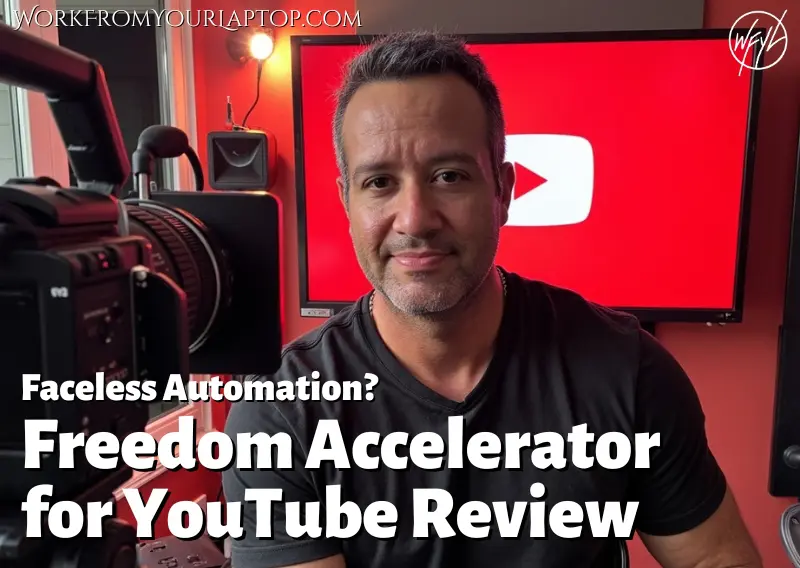

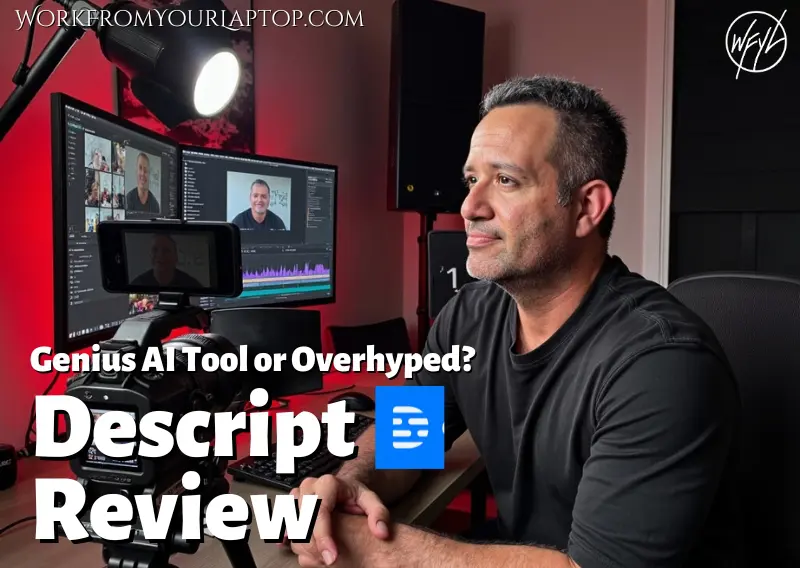
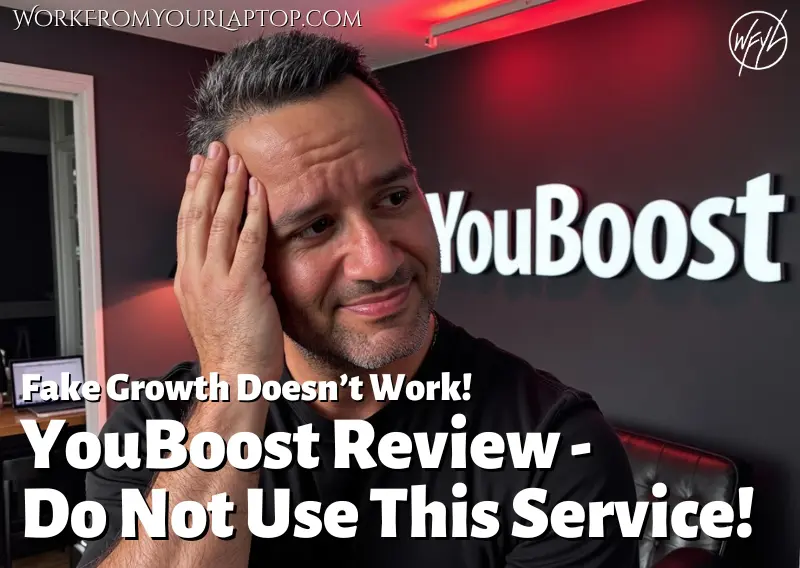
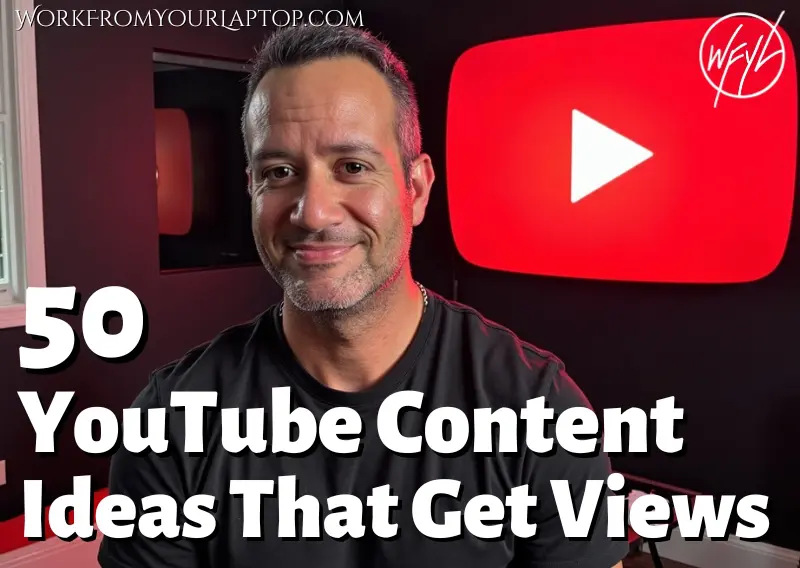

To me, YouTube videos are daunting and I don’t have that kind of outgoing personality to just talk about my passion. I can see where all of these metrics would make a difference. My son has a YouTube channel and honestly, I don’t think he does any of this. I know he’d like to have a serious income from it, so I am going to pass along to him 🙂
Thanks for the comment!
I have one issue in my YouTube chanel please check my chanel @UzairKeyan
What’s the issue you’re having?
Hey there, so I have a YouTube channel that used to make a specific type of content. It was never truly successful, but it definitely was getting some engagement. I tried to pivot my channel’s content as I’m no longer interested in producing that type of content and want to switch it up, but keep my subscriber base with some of the features that I’ve unlocked with the amount of subscribers I have. Looking at this article, it looks like you’re recommending for people to start a new branded channel for each new topic that they want to talk about. Would you recommend that I do that with my channel? Also, what’s your opinion on YouTube shorts? I am not usually going to make super long videos, but the shorts format definitely seems to be right up my alley. Would you recommend using YouTube shorts as your main form of content? I look forward to hearing your response.
When changing your niche, start a new channel. Your subscribers aren’t going to stick around for a new niche they’re not interested in, and losing all those subscribers will make YouTube think your content is horrible. It’s like following someone on instagram who’s a travel influencer and then from one day to the next the account changes to baby clothes. You’d see their content wondering why you’re seeing it and unfollow. ????????
Definitely try out Shorts and see if it’s a good fit for you. It’s a solid way to bring viewers to your channel. Doesn’t hurt to try it out. Thank for the comment!